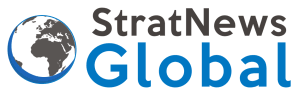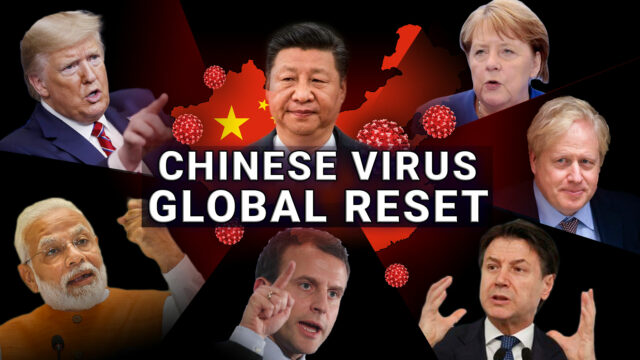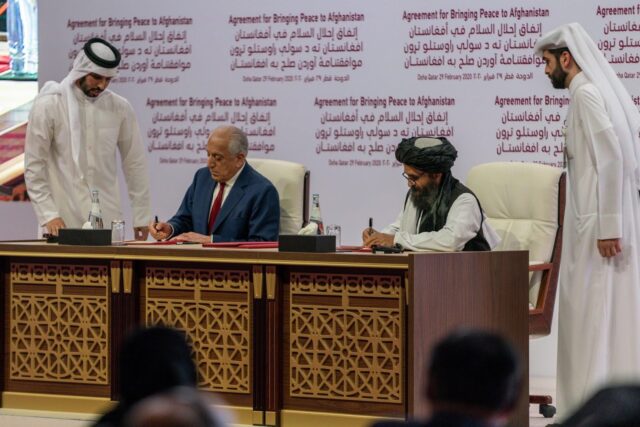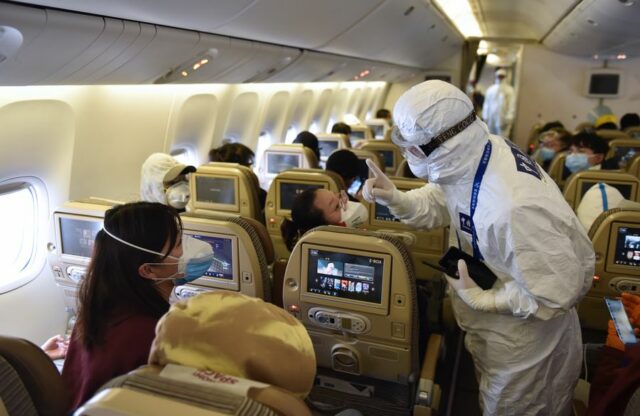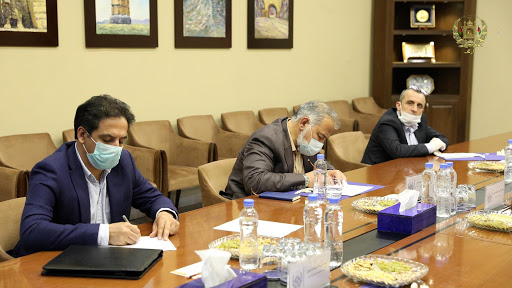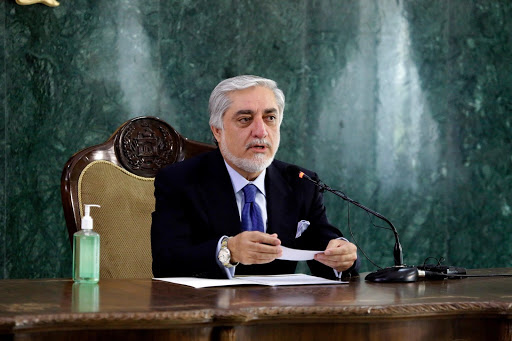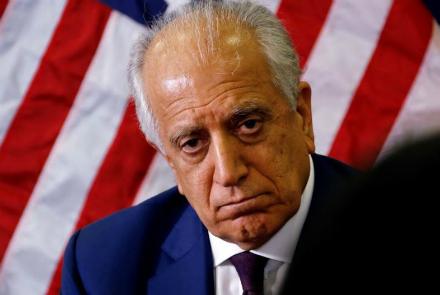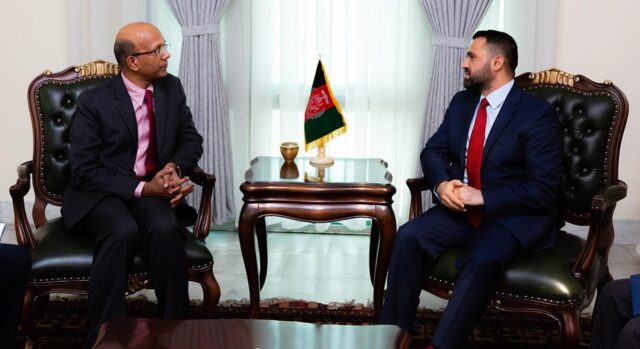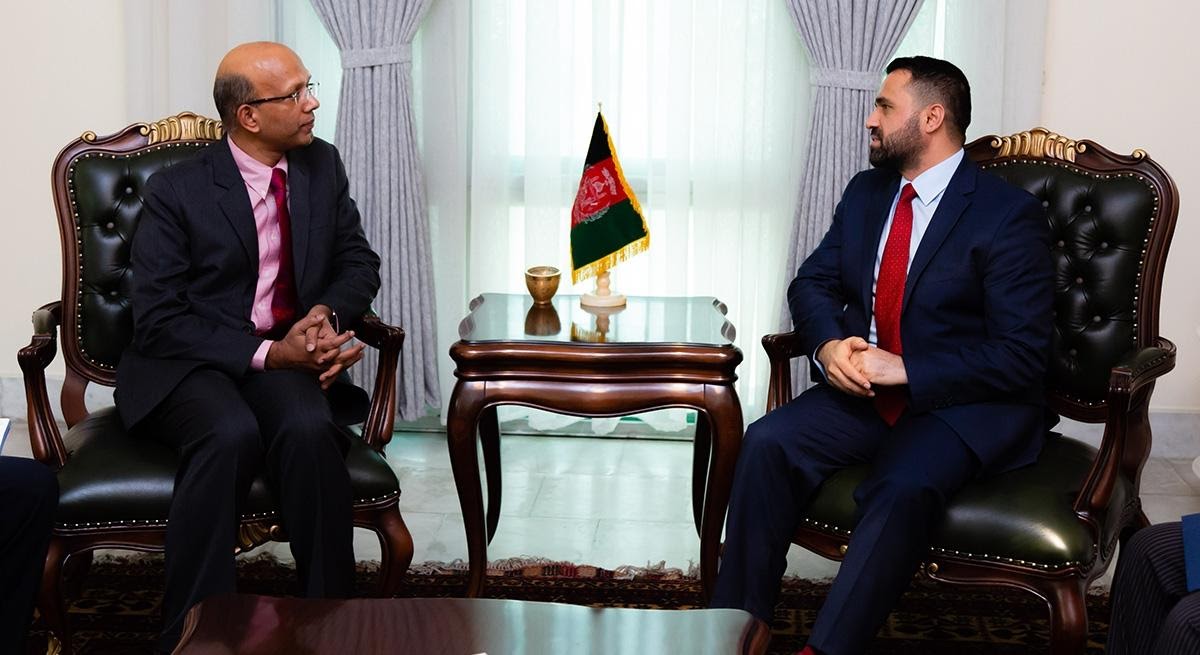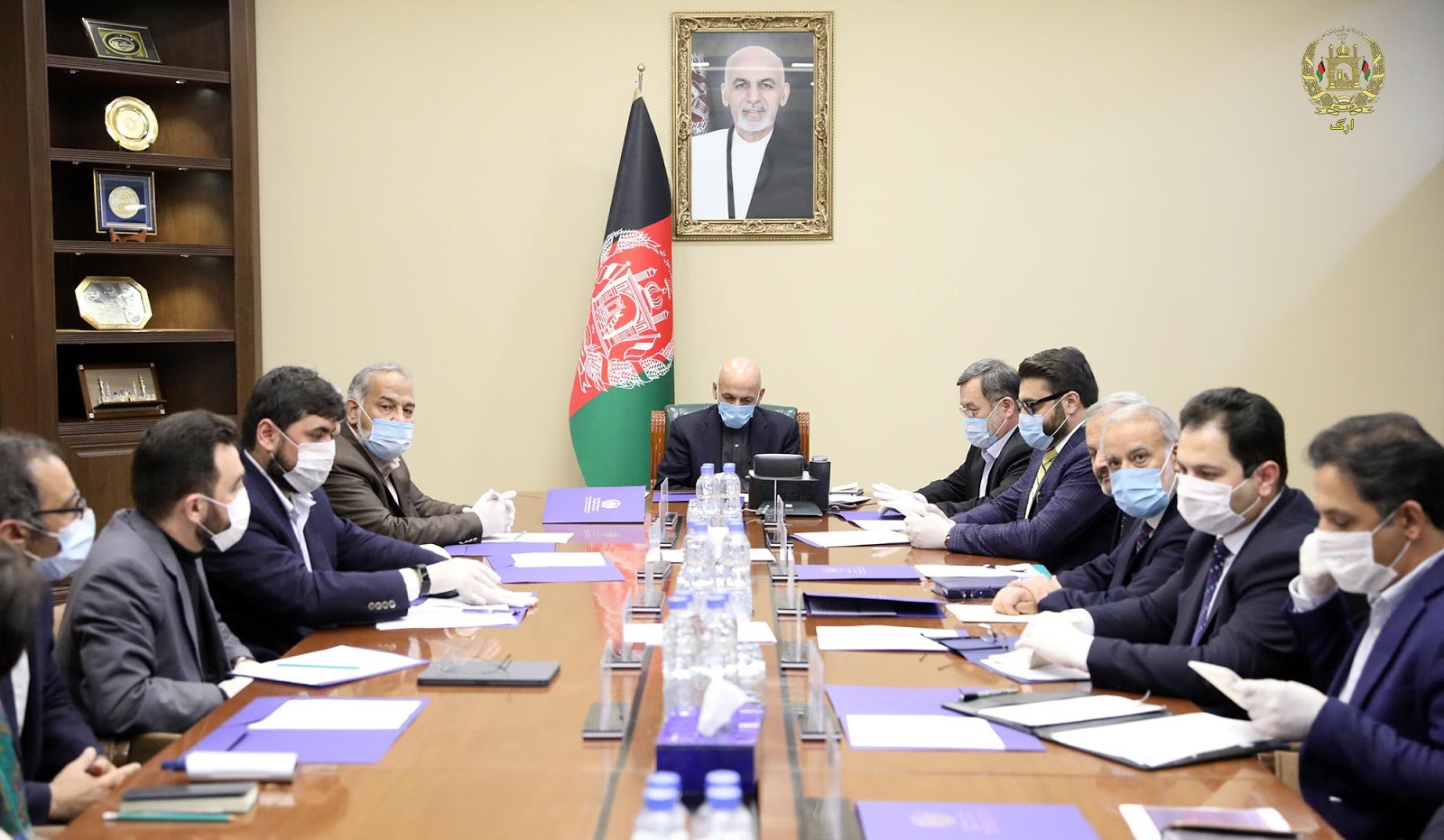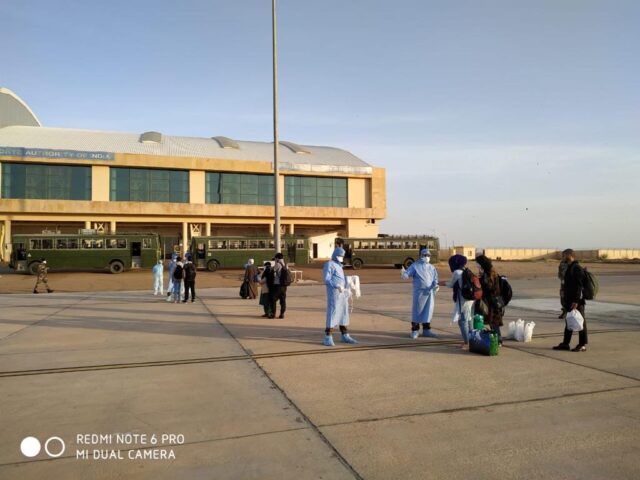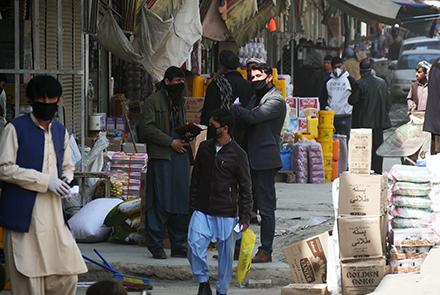Beijing’s Propaganda War to Escape Blame For Chinese Virus Won’t Work
NEW DELHI: “Although Wuhan city in China first reported the outbreak, there is no evidence that China is the source of the virus that caused COVID-19.”
The above is a press release from the Chinese embassy in Delhi, issued on Wednesday evening. It confirms the view that even as the world battles the Chinese virus pandemic, China is moving to lift restrictions on movement in Hubei province with fewer new infections being reported. Alongside, Beijing is launching a not-so-subtle propaganda campaign to build a narrative designed to shift the blame away from its original sin.
In the weeks preceding President Xi’s visit to Wuhan for instance, official Chinese propaganda channels had floated the news that the disease may not have originated within China. On February 27, Zhong Nanshan, the famous epidemiologist and now a member of Chinese Communist Party, suggested that though the SARS-CoV-2 was first discovered in China, it did not mean that it originated from China. The Chinese ambassador to South Africa, Ling Songtian, in his Twitter post on March 7 repeated the line. Lijian Zhao, an official spokesperson of the China’s Ministry of Foreign Affairs, tweeted on March 12 that “it might be the US Army who brought the epidemic to Wuhan,” and went on to claim that the US owed an explanation to China. Zhao’s post picked up the cue from the sudden suspension of operations of an infectious disease laboratory at Fort Detrick, in Maryland. It was shut in July 2019 after the US Centers for Disease Control and Prevention issued a ‘cease and desist’ order.
The Chinese propaganda machinery went into overdrive on the origins of the pandemic, pointing to the Event 201 pandemic rehearsal held in the US in October last year. The presence of a 300-strong US contingent at the World Military Games in Wuhan at the same time, added fuel to their propaganda.
Along with the campaign to deflect questions pertaining to the origin of the virus in China, the efforts of the Chinese Communist Party to subtly ‘de-sinicize’ the virus, have also come to light. There are reports citing confidential instructions sent to Chinese embassies, to persuade those favourable to China never to mention the Chinese origin of the virus and to insist that where the virus originally came from is unknown. This fact is corroborated by the article published in the Global Times on March 12, wherein an editorial critique of the US mentions that both Chinese and foreign experts were trying to identify the origin of the COVID-19.
On Tuesday, Beijing urged India not to use “China” to describe the novel coronavirus, saying it could stigmatise the country and would be detrimental to international cooperation. State Councillor and Foreign Minister Wang Yi told his Indian counterpart Dr. S Jaishankar, he hoped India was “opposed” to the “narrow mindset” of using the phrase “China virus”. There is however no indication that Jaishankar agreed or acceded to the request.
China is now also playing up its success in the containment of the outbreak especially as democratic countries like Italy, Spain and the US falter in their containment efforts. China has sent a number of medical teams to Iran, Iraq and Italy to support local epidemic prevention and control. When no European state answered Italy’s urgent appeal for medical equipment and protective gear, China sent 31 tonnes of medical relief materials that included 1,000 ventilators, 2 million masks, 100,000 respirators, 20,000 protective suits and 50,000 test kits. China also sent medical teams and 250,000 masks to Iran and sent supplies to Serbia, whose president dismissed European solidarity as a ‘fairy tale’ and proclaimed that the only country that can help is China.
The pandemic has also perceptively amplified the Trump administration’s instincts to go it alone and exposed just how unprepared Washington is to lead global response. As Washington falters, China’s chief asset in its pursuit of global leadership in fighting the coronavirus, is the perceived inadequacy and inward focus of US policy. Beijing understands that if it is seen as leading and Washington is seen as unable or unwilling to do so, this perception could fundamentally alter the United States position in global politics and the contest for leadership in the 21st century. A steady stream of propaganda articles, tweets and public messaging basically seeks to highlight the effectiveness of China’s model of domestic governance. China’s signature strength, efficiency and speed in this fight are being deliberately trumpeted which is also helping in airbrushing its earlier mismanagement of the crisis.
Thus, the Chinese propaganda machinery seems bent upon creating a narrative so as to distance China from questions pertaining to the origins of the virus. It also seeks to ignore or gloss over the fact that China’s initial mishandling allowed the outbreak to assume demonic proportions and reach every continent. As thousands of people die every day in other countries, China seeks to turn it into an opportunity that would catapult it to newer heights of international prominence and recognition. This is what other global powers and regional competitors like India should never lose sight of.
